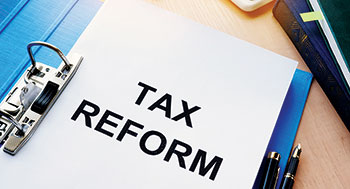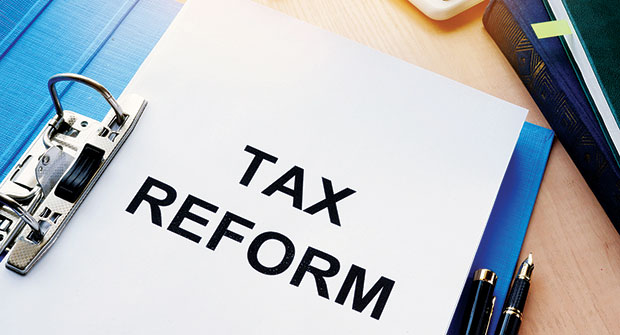
Section 199A, passed as part of the December 2017 tax reform, gives many small business owners a deduction determined with respect to their qualified business income (QBI). Generally, QBI is domestic income from a trade or business received by a sole proprietor or by an individual from a flow-through business (a partnership, LLC, S corporation, trust or estate).
Why would you get a tax deduction for a certain type of income? The short answer is the Section 199A deduction was needed to help level the playing field for small businesses that are privately owned. The Tax Cuts and Jobs Act cut taxes for C corporations (the highest rates went from 35 percent to 21 percent). To keep small businesses competitive with larger corporations — many small businesses are taxed on individual tax returns at federal rates of up to 37 percent — Congress enacted a partial deduction for qualified business income.
The deduction has the effect of lowering the federal income tax rate on that income.
Section 199A is complex for very high-income earners and professional services companies (doctors, lawyers, accountants, etc.), but for most of us, it’s pretty straightforward.
Here is how it works. How much taxable income is on your personal tax return? Is it $160,725 or less ($321,400 married filing jointly)?
If you answered “yes,” your Section 199A deduction is computed based on a relatively simple calculation. Your Section 199A deduction is the lesser of:
- 20 percent of your taxable income minus your “net capital gain,” which is generally your capital gains plus your qualified dividend income; or
- 20 percent of your QBI.
If you answered “no” and you have QBI, you’ll probably need help from a tax professional. The rules get complicated quickly. For those with taxable income above $160,750 ($321,400 for married filing jointly), their Section 199A deduction is subject to the following limitations.
1. All QBI is subject to a limitation on the Section 199A deduction based on W-2 wages paid by the business and the unadjusted asset basis in the business. The higher these attributes, the greater the Section 199A deduction. Note that unadjusted asset basis is generally the acquisition cost of property. It includes tangible property (including buildings) but does not include land.
2. Income from professional service firms (doctors, lawyers, accountants, etc.) is subject to an additional limitation. The Section 199A deduction for such income is phased out for taxable incomes between $157,500 and $207,500 ($315,000 and $415,000 for married filing jointly filers). Beware:
- QBI does not include wage income (W-2 income);
- It’s important to maintain documentation supporting that the activity is a trade or business;
- It’s important that the activity is not considered a hobby; and
- Rental income from the active conduct of a rental real-estate trade or business is QBI. Income from renting out buildings where the owner is not engaged in a real-estate trade or business is not QBI.
The Section 199A deduction can be complicated, but it is well worth the effort because it allows you to deduct 20 percent of your business income to arrive at taxable income. For those who operate their businesses as S corps, LLCs, partnerships or sole proprietorships, it’s well worth it to seek advice from your CPA to see if you qualify.


